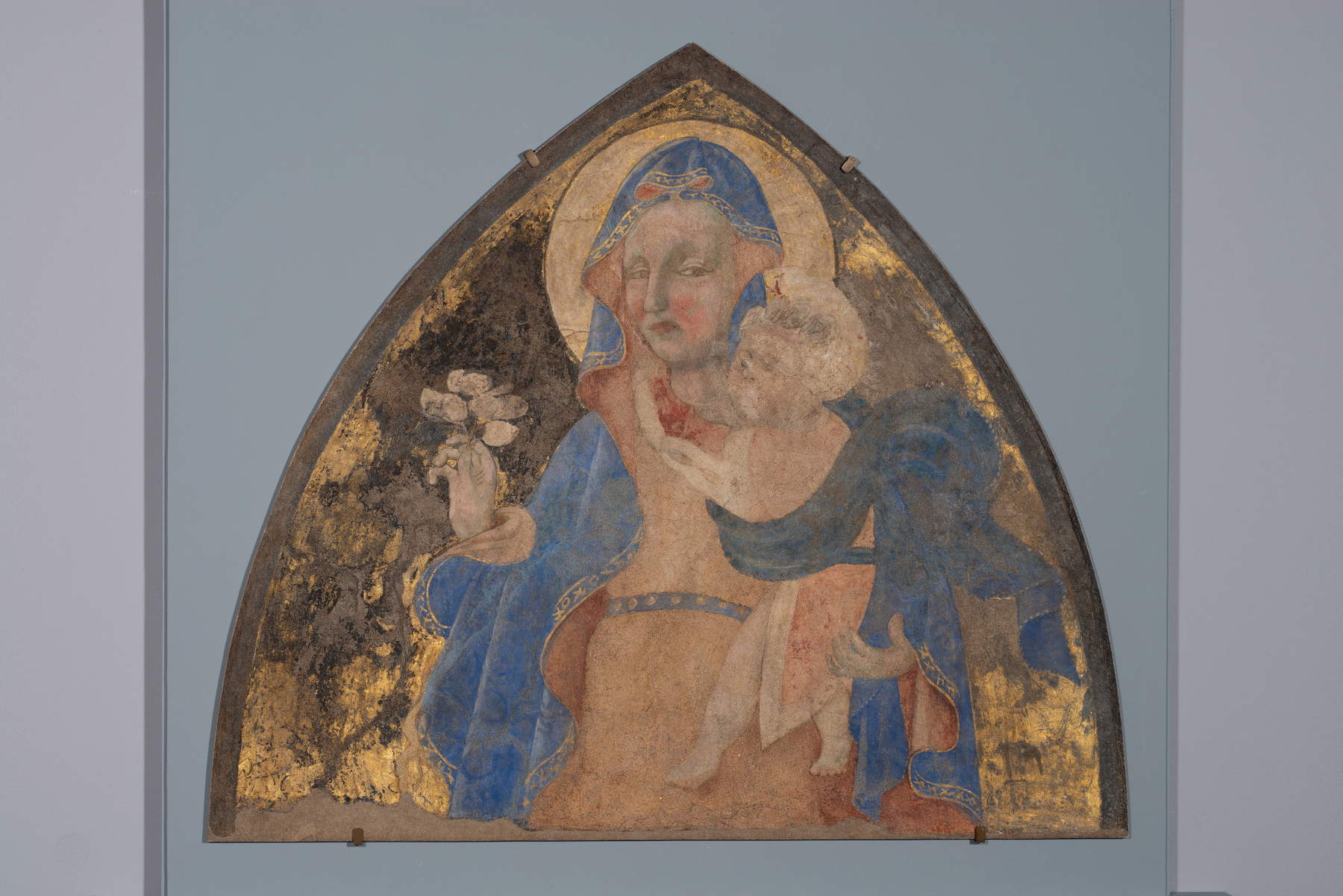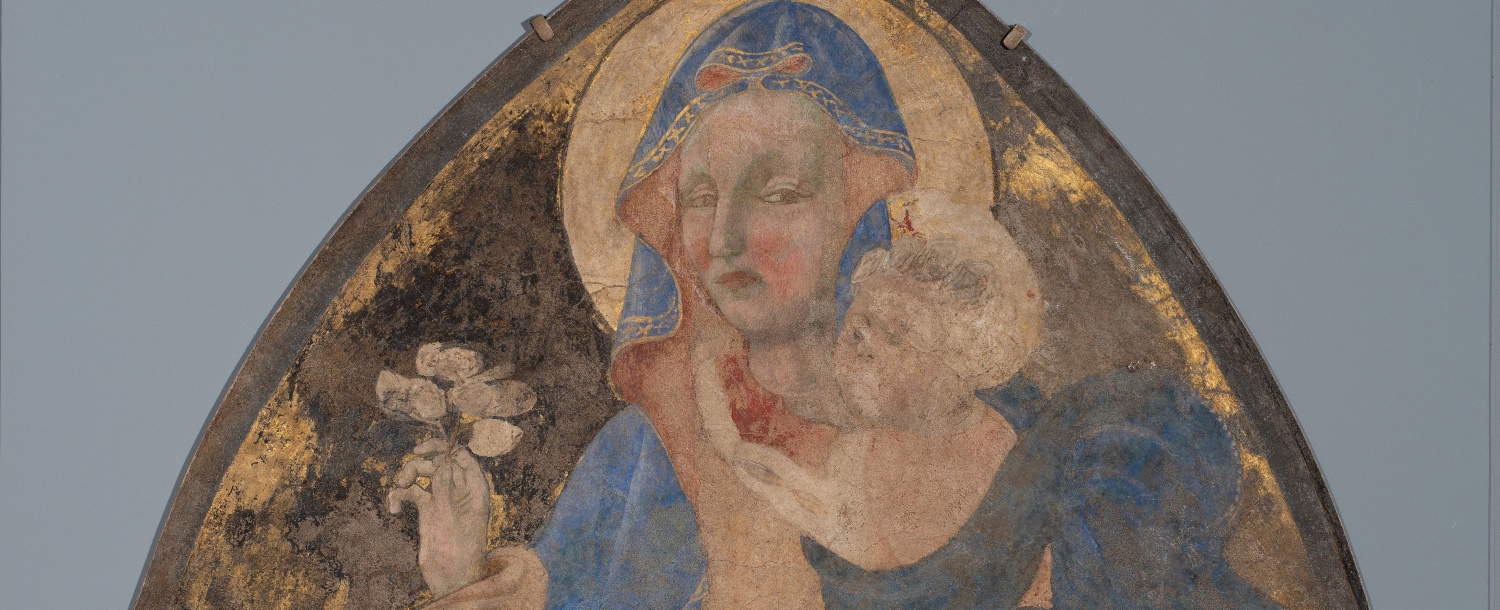From Oct. 25, 2025 to Jan. 25, 2026, the Masaccio Museum in Cascia di Reggello is hosting the exhibition An Illustrious Guest from the Museo di San Marco: Paolo Uccello, which brings together two important examples of the artistic production of Paolo di Dono, better known as Paolo Uccello (1397-1475).
The works, which come from the collections of the Museo di San Marco in Florence, are the focus of an exhibition project that is the result of a collaboration between public and private institutions: the Regional Directorate National Museums Tuscany of the Ministry of Culture-Museum of San Marco, the Palazzo Strozzi Foundation, the Masaccio Museum and the Chianti and Florentine Valdarno Museum System. The initiative is part of the exchange agreement to lend Masaccio’s Triptych of St. Juvenal to the major Beato Angelico exhibition, running at Palazzo Strozzi and the Museo di San Marco until Jan. 25, 2026.
An absolute protagonist of the Florentine Renaissance, Paolo Uccello was a visionary artist, capable of fusing the legacy of international Gothic with perspective drawing.
The two works that will come to the Masaccio Museum are the detached fresco with the Madonna and Child from the house of Beccuto, a wealthy Florentine family to which Paolo’s mother belonged, and the predella with Christ in Pity between the Virgin and St. John the Evangelist, the surviving element of a panel with theAnnunciation stolen in 1897, placed at the altar of the Compagnia della Santissima Annunziata, formerly at the destroyed church of Santa Maria in Avane (Cavriglia). Both works were selected for the exhibition because of their historical and artistic ties to the Valdarno area. Their history and context are reconstructed in the exhibition catalog edited by art historian Annamaria Bernacchioni and San Marco Museum curators Sara Ragazzini and Sara Fabbri.


If the link with the Valdarno is evident for the Avane predella, more complex is the relationship with the Madonna del Beccuto, whose stylistic features refer to another great artist: Gherardo Starnina (documented from 1387 to 1409, died before 1413). Originally from Gaville, near Figline, Starnina - on his return from Spain - revolutionized Florentine painting with his poetics of “attitudes and affects,” visible in the frescoes in the chapel of San Girolamo al Carmine. Protected by the powerful Castellani family, for whom he worked in the chapel of Santa Croce and who accompanied him on trips to Spain, Starnina was a point of reference for later generations of artists.
The same Castellani family commissioned Masaccio a few years later to paint the famous Triptych of St. Juvenal, dated April 23, 1422, the feast of St. George, the patron saint of crusading knights: a fundamental work for the birth of Renaissance painting, now again in dialogue with Paolo Uccello in a symbolic encounter between masters and territories of early 15th-century Florence.
Opening Saturday, Oct. 25, at 11 a.m., Pieve di San Pietro a Cascia - Reggello.
The museum will be open Tuesday and Thursday from 3 to 7:30 pm; Saturday and Sunday from 10 am to 1 pm and 3 to 7:30 pm.
 |
| At the Masaccio Museum in Cascia di Reggello, two works by Paolo Uccello from the Museum of San Marco |
Warning: the translation into English of the original Italian article was created using automatic tools. We undertake to review all articles, but we do not guarantee the total absence of inaccuracies in the translation due to the program. You can find the original by clicking on the ITA button. If you find any mistake,please contact us.